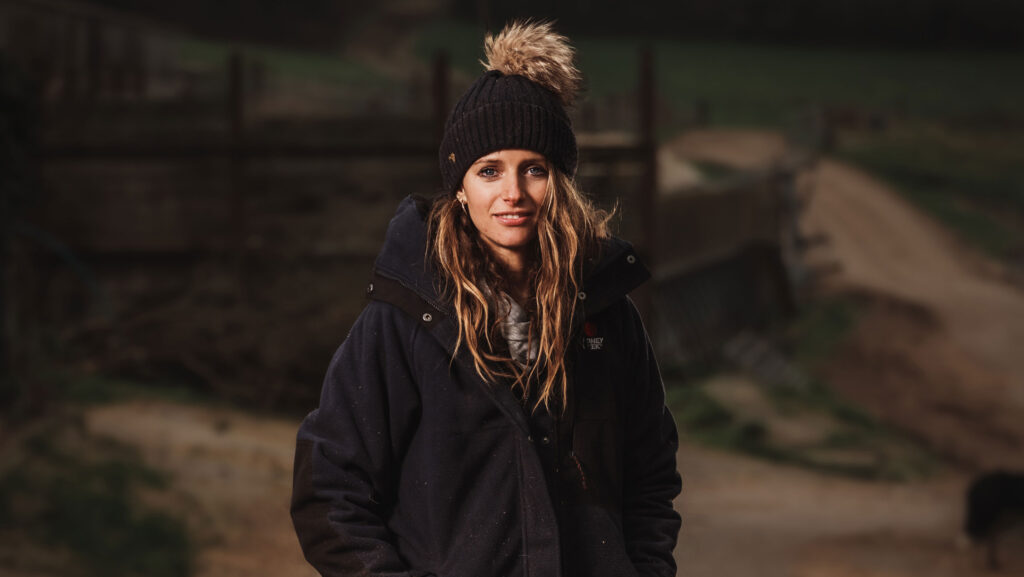Focus on functional traits pays off for organic dairy
 Sophie Gregory © MAG/Colin Miller
Sophie Gregory © MAG/Colin Miller Ten years of focusing on traits to breed the right kind of cows for their system and lifestyle has resulted in a uniform herd for organic milk producers Sophie and Tom Gregory.
“Successful businesses have the right cow for their farm,” said Sophie.
See also: Why genetics can play bigger role in breeding out lameness
The couple farms 567ha (1,400 acres) across four sites on the Dorset/Devon border, including 121ha (300 acres) of arable, but with milk production as the primary focus.
A split-block herd calves 300 cows in spring, followed by 100 in autumn, with both blocks lasting seven weeks.
All replacements are bred from cows at the front of the spring mob for both blocks, and the autumn calvers are served to Hereford or Angus sires for the business to finish and retail through restaurants and meat boxes.
As a first-generation farmer, Sophie admitted that she really wanted to look at “pretty” cows, but she now recognised the need for functional traits and so takes professional advice when selecting genetics.
Herd replacements
Milk recording has been vital in monitoring fat, protein, cell counts and Johne’s levels to identify cows to breed replacements from and select cows for culling.
Her focus now is the “ghost” cow: one that goes unnoticed in the herd.
“She gets in calf every time, we don’t pick up her feet, she is the most profitable, produces the litres we want, and lives,” Sophie explained.
Good feet and legs are vital for cows that walk 3.2km to grazing twice a day.
“We are on a hill. Fertility is high on our agenda, [and we want] easy-calving, deep-bodied cows that can turn grass into milk, yet respond to concentrate feeding,” she said, adding that good temperament was also vital because they wanted the farm to be an enjoyable and safe place to work.
“We use six to eight bulls of sexed semen, both proven and genomic sires. We have a 55% conception rate and do not use fertility treatment or have pre-mating checks. Our spring empty rate is 12%.”
Sophie Gregory was speaking at the British Cattle Breeders Conference dairy day.
